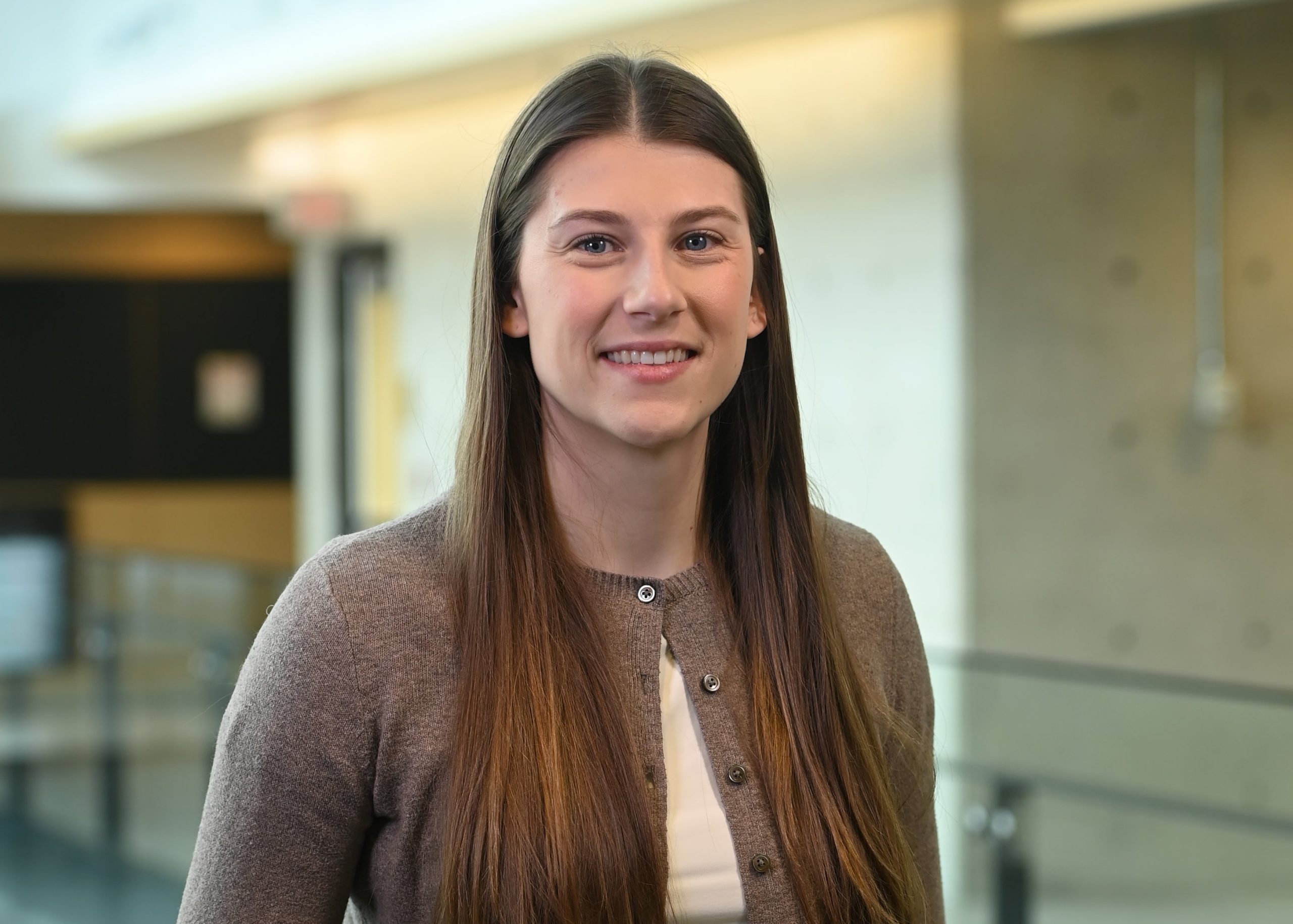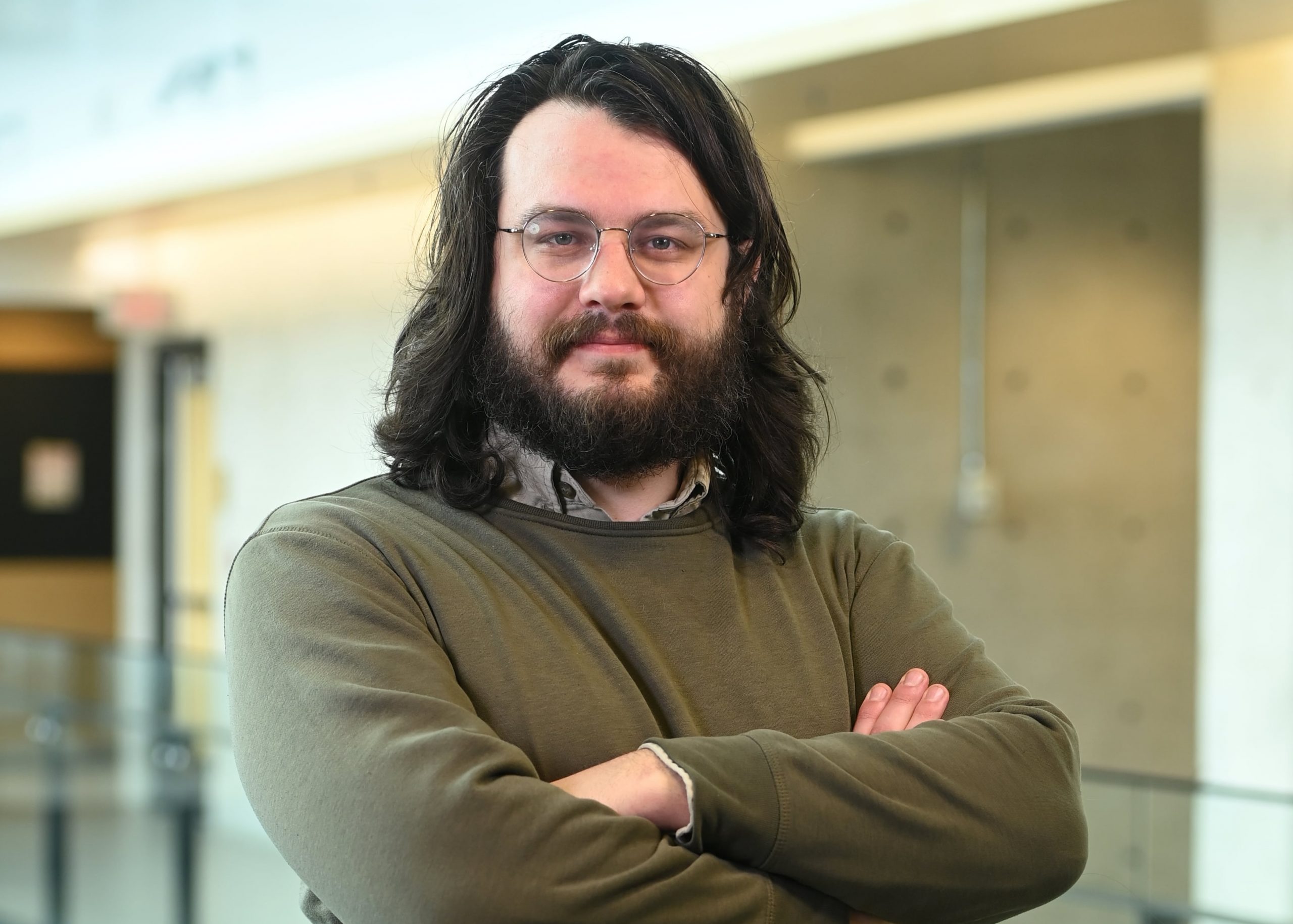
Bloody terrifying
Anyone giving blood may notice screening questions about time spent in parts of Europe, asking about specific yet seemingly arbitrary durations during equally specific years, like three months in the UK from 1980-1996, or five years from 1980-2007, and so on. This all stems from fear of the deadly prion, which, while sounding like it’s from Star Trek, defied our previous understanding of disease.
Prion is a contraction of ‘proteinaceous infectious agent’, a rare case in biology where everything’s there in the name – a prion is a protein that is infectious, causing disease and moving between organisms by making more of itself. Proteins are the molecules needed for the diverse tasks in living cells and are constantly being made using the specific genetic instructions stored as DNA (briefly discussed in my last blog). This forms a core process for known biology, turning genetic information into proteins. Proteins, however, are initially made as one long molecule (composition determined by DNA), but to be stable and function properly, it needs to then be put into the right shape, called ‘folding’. Folding is…complex, but suffice it to say for a given protein composition, it’ll be folded much the same way every time in a cell type. Sometimes they just don’t fold right (try yoga!) or simply lose their shape over time (been there), but most get recycled by the cell.
Not prions.
Rebel without a chromosome
Prions will have the same chemical composition as another protein, but made substantially more stable by folding differently, resisting heat, cell recycling, and their chemical environment. This could already be a problem to have stuck in your body, but what puts the ‘I’ in prion is their unusual capability to make more prions. The prion’s folding lets it link with proteins of the same composition (but different folds) and induces them to refold into the prion’s shape. This can, in turn, grab other differently folded proteins and induce the prion’s configuration, and so on. Flying against established biology, this protein alone makes more of itself, no genetics involved.
All known mammalian prions affect the same brain protein, whose function is unknown aside from being the prion target, so it is confusingly named the ‘Prion Protein’ (can’t all be winners). The prion-affected Prion Proteins (see what I mean?) accumulate lethal plaques, inducing cell death across the brain. These form numerous empty pockets, making brains ‘spongey’ in appearance and quality, and so these diseases are named Transmissible (move between organisms) Spongiform (like a sponge) Encephalopathy (affects the brain), TSEs. The most common TSE in humans (prion fold variations cause different diseases) is Creutzfeldt-Jakob Disease (CJD), a rapidly, universally lethal, but exceptionally rare neurodegenerative condition that causes a host of mental and behaviour changes as it progresses. However, it’s suggested diseases like Alzheimer’s and Parkinson’s are also caused by something like prions spontaneously forming in a body, but these do not spread to others and are not ‘true’ prions. Thankfully, prion diseases spread slowly and rarely (if at all), requiring blood contact with infected blood or brain tissue. Oh right, the blood!

The white holes are the ‘spongiform’ part (warning: do not use as a sponge)
Source: Wikimedia Commons, https://commons.wikimedia.org/wiki/File:Histology_bse.jpg
I bet they wear leather jackets too
The most popularly known TSE is Bovine, or ‘Mad Cow Disease’. Decades back, the UK had an outbreak in cows that spread to Europe and elsewhere through infected beef – that it was cooked made no difference, as clearing prions requires incineration. Dealing with prions is so difficult that we still fear an outbreak via blood from someone unknowingly carrying a prion. A prion which, like an older kid in a drug PSA, smoking in the stairwell during class, is ready to tell your naïve cells that ‘all the cool proteins are doing it!’
(Assuming you didn’t live in the UK during the 80s, please consider donating blood! The need is always great, and COVID has only increased it. Many restrictions have been reduced or lifted, meaning even more people can donate than ever before. Check if you are eligible and schedule a donation here.)










